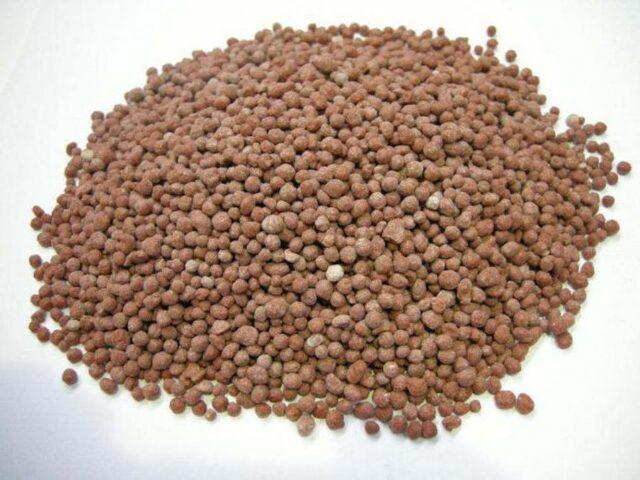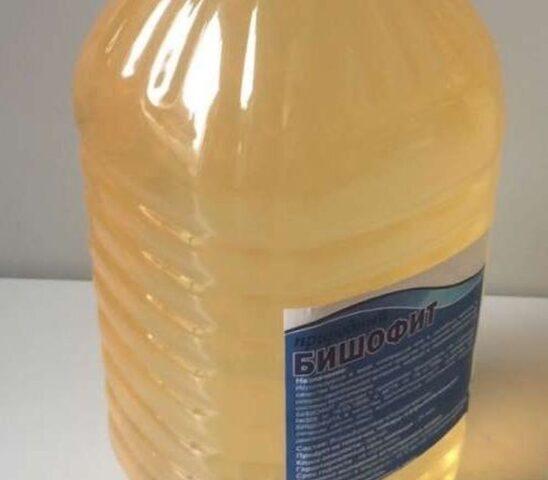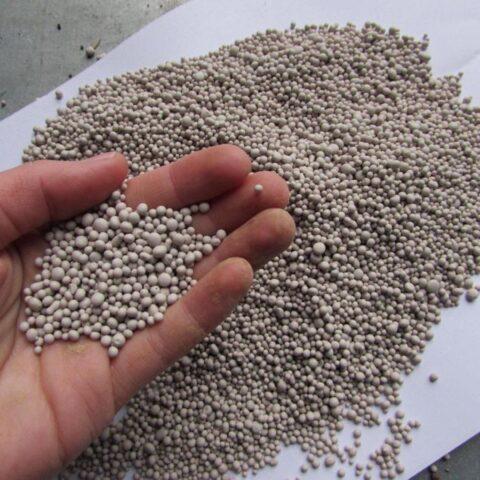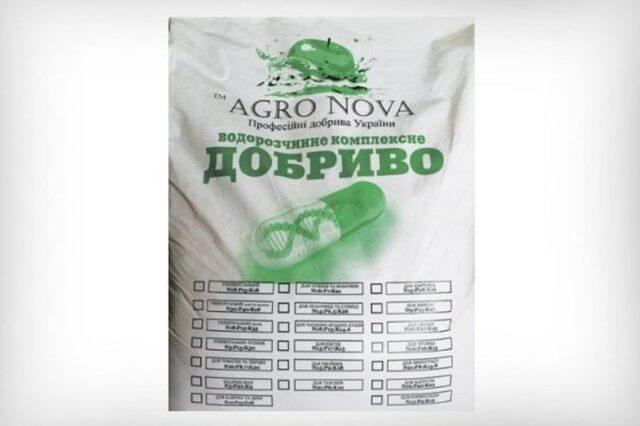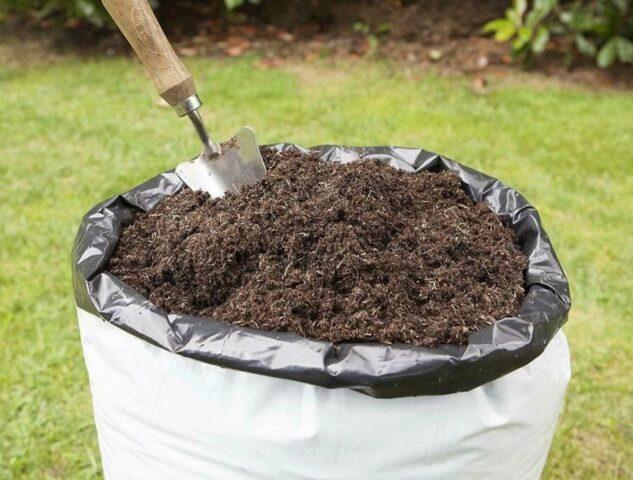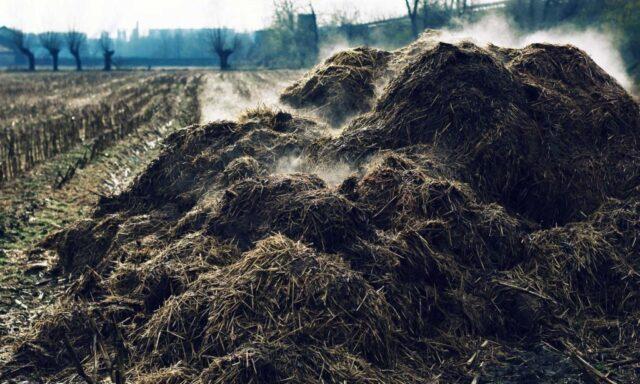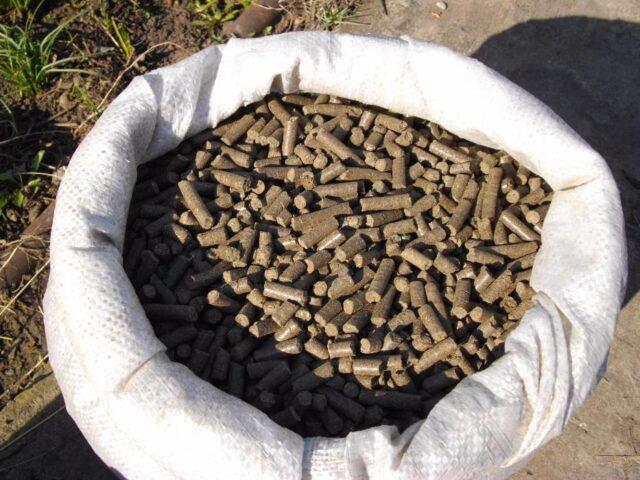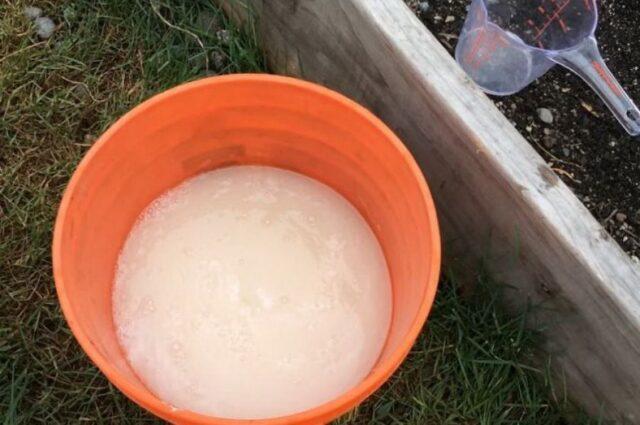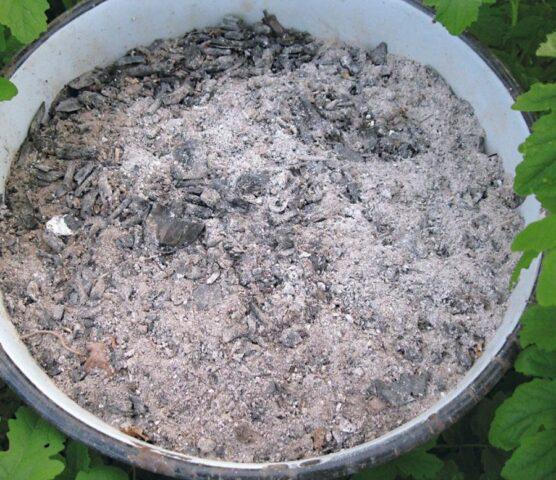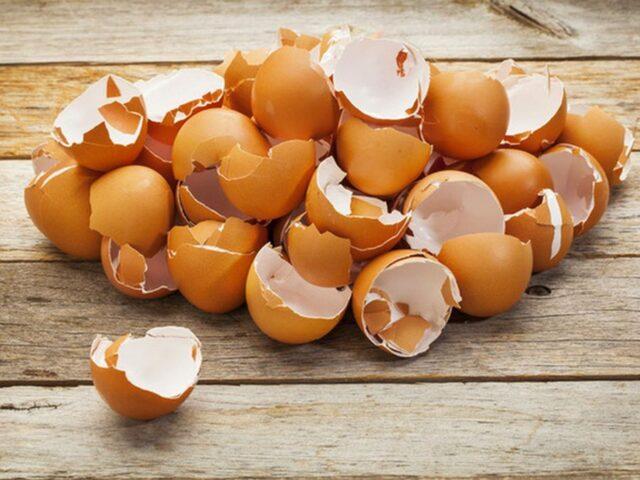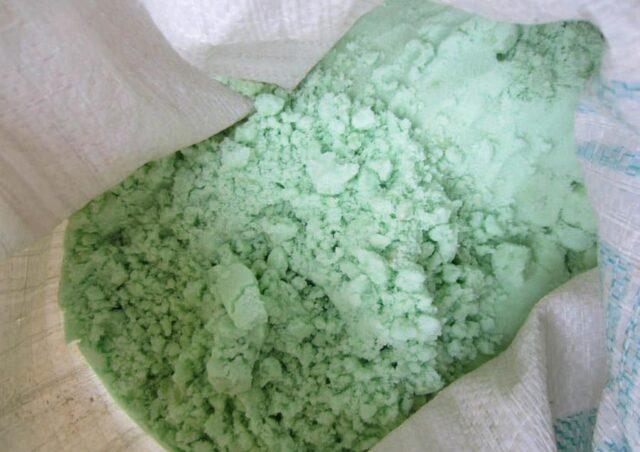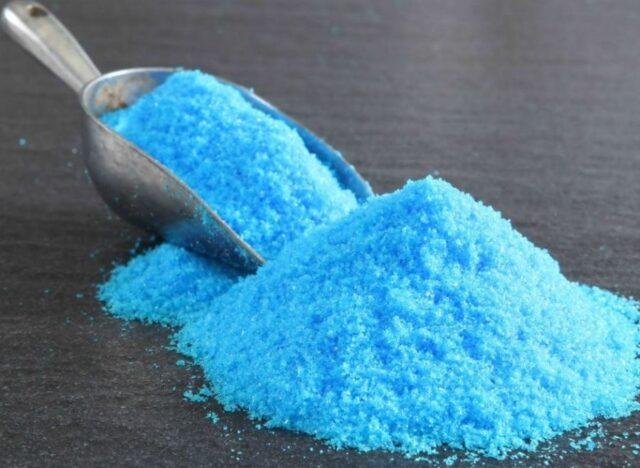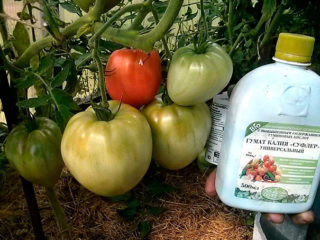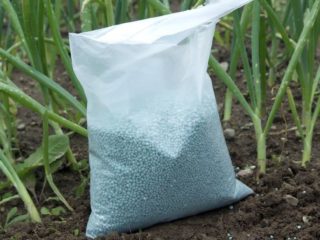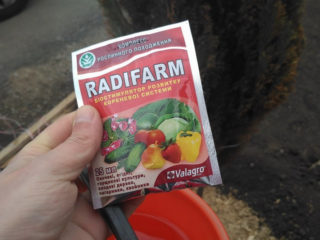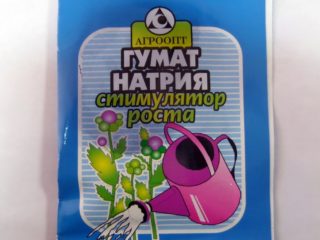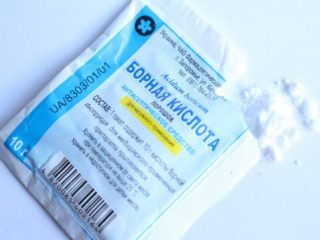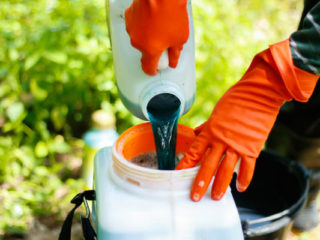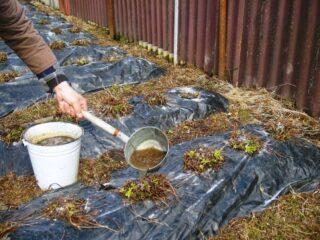Content
You can feed grapes in the spring for good growth and subsequent abundant harvest. Fertilizers must be applied at the correct time and taking into account the real needs of the plant.
Why do you need to feed grapes after winter?
In early spring, grapes especially need fertilizer, as they restore strength after the winter period. Timely feeding helps:
- ensure good flowering and ovary formation;
- strengthen grape vines that have weakened over the winter;
- improve the volume and quality of the future harvest.
Young grapes do not need fertilizing for the first three years of their life, provided that it was applied during planting.
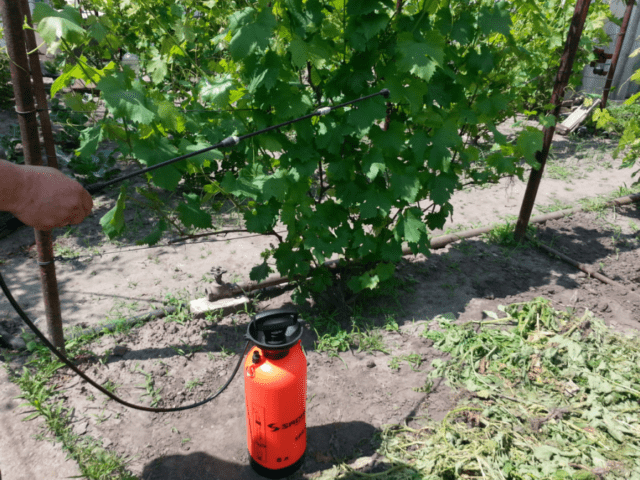
Timely application of fertilizing increases the immunity of grapes and makes them more resistant to fungi
When to fertilize grapes in spring
Fertilizing is usually applied three times in the spring.When choosing dates, they are guided by the climatic features of the region, but in general they adhere to the following scheme:
- the first fertilizing is applied at the end of March or beginning of April, when the grapes have not yet come out of dormancy;
- the second time, fertilizers are added two weeks before the formation of inflorescences, approximately in mid-May;
- The grapes are fed for the third time in early June after the ovaries have formed.
Proper application of fertilizers helps to supply the plant with useful substances at the most important moments of the growing season.
Fertilizer application methods
Fertilizers for grapes are applied in spring in two ways - by spraying and at the root. It is best to combine both methods, since when used separately they do not give the full effect.
Foliar feeding
Spraying of grapes is carried out as a supplement to root feeding. Fertilizers containing potassium, zinc, phosphorus, calcium and boric acid are usually used. It is useful to add a little glycerin or sugar to the prepared mixtures.
When carrying out foliar feeding in the spring, you need to adhere to several rules:
- carry out the procedure early in the morning or in the evening, when the sun cannot leave burns on wet leaves;
- choose warm but dry days without precipitation, which can quickly wash away fertilizers from the bushes.
Spraying in the spring is often combined with disease prevention. In this case, fungicidal agents are added to the fertilizer mixture. The first foliar feeding is usually carried out two weeks before flowering, so that the grapes have time to receive nutrients before fruit sets.
Root feeding of grapes in spring
Root feeding of grapes in early spring is considered the most effective, since it allows you to quickly and completely deliver nutrients directly to the underground shoots. Fertilizers are applied in two ways:
- in liquid form - minerals are pre-dissolved in water;
- in dry form - fertilizers are scattered over the site during the process of digging the soil, and then moisten the soil.
To apply liquid fertilizers in the spring, you can dig a shallow ditch up to 40-50 cm around the grape bush and pour nutrient solutions into it. In this case, the beneficial substances will quickly reach the roots and be distributed as evenly as possible. Also, 50 cm from the base of the bush, you can dig a plastic pipe to a depth of about 40 cm and deliver fertilizer to the soil through it.
How to fertilize grapes in the spring after opening
In spring, grapes need to be fed with the most important substances for the health of the crop. Typically, several types of fertilizers are applied alternately or simultaneously in approximately equal quantities.
Nitrogen
The first feeding of grapes in the spring is carried out using nitrogen - it is responsible for the rapid development of the crop and for the growth of green mass. Fertilizers containing this substance are divided into two types:
- ammonium;
- nitrate.
The most popular is the first variety, which includes ammonium salts and urea. Saltpeter is also used for grapes in the spring. It combines both ammonium and nitrate nitrogen. Since the substances of both groups in the fertilizer are optimally balanced, its use does not lead to the accumulation of harmful compounds in the fruits of the plant.
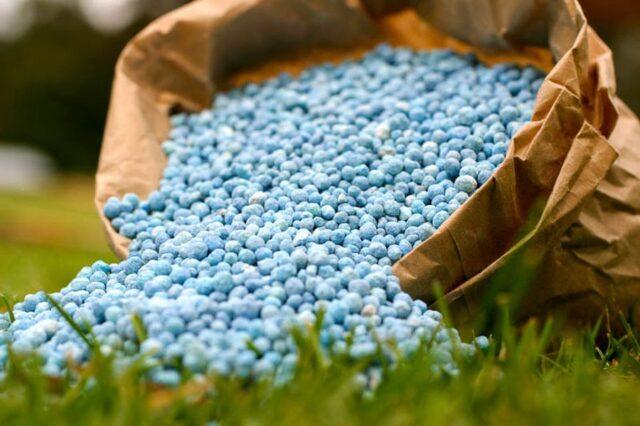
Nitrogen fertilizers are usually used in dry form and are not used for spraying in solution form.
Potash
You can feed grapes in the spring in the Moscow region and other regions with potassium. The substance strengthens the roots of the plant, increases its endurance and resistance to fungal diseases. Particular attention is paid to potassium, since it is quickly washed out of the soil during irrigation and precipitation. This substance is almost never present in the soil in sufficient quantities.
Of the mineral fertilizers for feeding grapes in spring, the most popular is potassium chloride, containing up to 60% of the required element. The granules are dissolved in water and applied to the soil during irrigation in pure form or in combination with other useful components. You can also use potassium sulfate; it has a good effect on the sugar content of fruits.
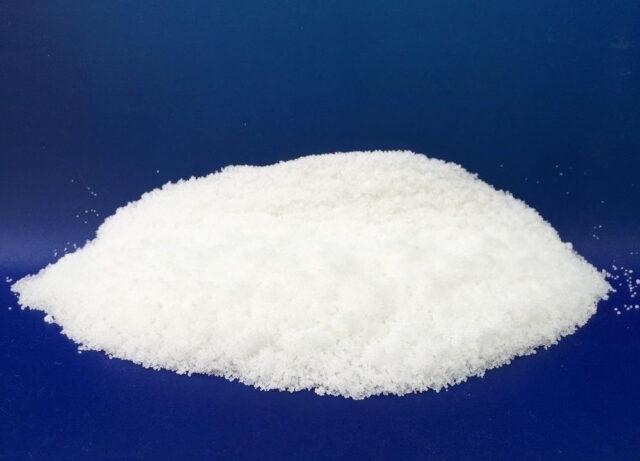
When feeding grapes in spring, potassium chloride should not be mixed with urea
Phosphorus
Phosphorus is responsible for the formation of large and healthy fruits, prevents the development of fungi and makes the plant more resistant to pests. This element can be fed to grapes in the spring in May at the flowering stage before the formation of ovaries:
The following substances are usually used as fertilizer:
- superphosphate - fertilizer contains phosphoric acid, suitable for almost any soil, but on acidic soil it requires mixing with lime;
- double superphosphate - the concentration of phosphorus in the fertilizer is twice as high as usual;
- precipitate - fertilizing contains about 35% of the required element, it is usually used on gray soils and acidic soils;
- defluorinated phosphate - granules are used on chernozem, podzolic and turf soils.
To feed grapes before flowering in central Russia, superphosphate is diluted with water in a ratio of 1:10 and each bush is watered with 500 ml of the solution. Precipitate and defluorinated phosphate are usually used in dry form and scattered over the area during the process of loosening the soil.
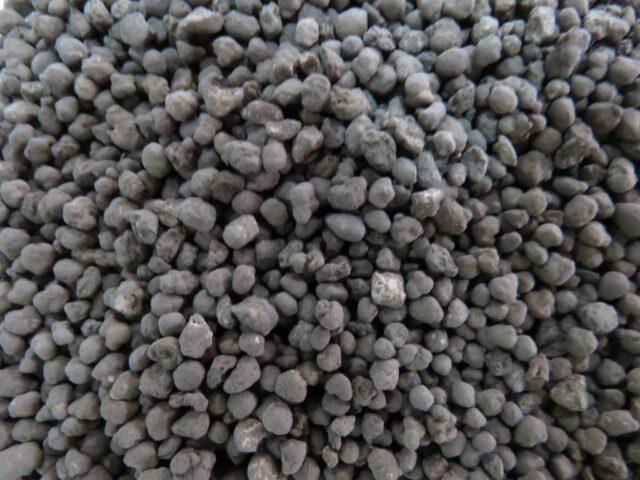
When using double superphosphate in the spring, the fertilizer rate is halved and the proportion for the solution is 1:20
Complex and complex
Complex and complex fertilizers are those that contain at least two chemical substances. Such supplements include:
- Nitrophoska - the substance contains nitrogen, potassium and phosphorus 16% each;
Nitrophosk may contain additives of zinc, copper, cobalt and other substances
- Bishofite - liquid fertilizer is used for spraying, the solution contains magnesium, iodine, boron and other elements;
To prepare foliar feeding, 100 ml of Bishofite are diluted with 10 liters of water.
- Azofoska - fertilizer includes nitrogen, phosphorus and potassium and is suitable for all types of soil.
Azofoska can be purchased in both liquid and dry form.
- Agro-Nova - complex nutrition with mineral elements and bioadditives stimulates the growth of grapes in the spring.
For root feeding, 90 g of Agro-Nova is diluted in a bucket of water.
The category of complex fertilizers also includes self-prepared mixtures of potassium, phosphorus and nitrogen preparations.
Organic
You can feed grapes in the spring not only with mineral mixtures, but also with organic matter. This group of fertilizers includes waste products from plants and animals, which decompose and form useful substances in the process.
The most popular types of fertilizers are:
- Compost.To prepare the fertilizer, you need to mix fallen leaves, grass clippings and household organic waste with peat, soil and water. The fertilizer is infused for a long time, periodically moistened and mixed, and then scattered over the area with grapes. It is necessary to use only healthy plant residues that are not contaminated with fungi and pests in cooking.
Compost infusion takes 1-2 years
- Manure. The fertilizer is usually cattle excrement, rich in nitrogen. To fertilize grapes in the spring, manure is diluted with water in a ratio of 1:10 and applied to the soil during watering.
Manure can burn the root system of grapes, so it is not used in concentrated form.
- Bird droppings. Fertilizer is usually used in the form of a solution - a handful of dry fertilizer is poured into 5 liters of water and infused in a warm place for a week. The finished product is diluted again with liquid in a ratio of 1:10. When feeding in spring, up to 500 ml of solution is used for each bush.
Dry bird droppings can be scattered in the spring around the perimeter of the grape plot
Organic fertilizers for grapes are convenient because they contain a large amount of valuable substances, improve the quality of the soil and, moreover, do not require special material costs to purchase. However, fertilizing has its drawbacks. When adding them in the spring, it is difficult to dose the volumes of certain elements, so there is a risk of overfeeding the plant. If the fertilizer is of low quality, the grapes may suffer from insect larvae or fungal spores when applied.
Folk remedies
It is allowed to feed grapes in the spring with folk remedies - such fertilizers are easy to prepare from available ingredients.For example, to increase endurance, plants are used:
- Yeast. The solution is prepared at the rate of 1 liter of water per 1 g of raw material; for every 1 liter of fertilizing, 5 g of sugar are added. The product is infused for about three hours, and then diluted with liquid in a ratio of 1:5 and watered over the grapes.
For each grape bush in the spring you need to use 2 liters of yeast fertilizer
- Wood ash. To prepare the solution, dilute about 300 g of dry powder in 10 liters of water, leave for a week and water the plantings with 5 liters per bush. You can also use ash infusion for spraying.
Deciduous ash is used to saturate grapes with potassium, and coniferous ash is used to increase the concentration of phosphorus.
- Eggshell. Spring feeding of grapes in Siberia and other regions can be done using powder with a high content of calcium, magnesium, phosphorus and potassium. To prepare the fertilizer, you need to wash and dry the shells, and then grind them to a fine dust.
Egg shells do not dissolve in water, so they are simply scattered over the area when digging
Folk remedies serve to prevent deficiency of nutrients in grapes. But if the bushes already suffer from a severe lack of one or another element, it is better to use stronger mineral and organic mixtures.
Microfertilizers
Grapes mainly need potassium, phosphorus and nitrogen - these substances have the strongest impact on the health of the crop. But besides them, other elements are also useful for bushes, in particular, iron and copper.
To compensate for the lack of valuable substances, the following microfertilizers are usually used:
- Inkstone.A solution of 0.5-1% is used for spraying a week after removing the insulation or powder is added to the water for irrigation in the amount of 15 g per bucket of liquid.
Iron sulfate prevents the development of chlorosis and mildew in grapes
- Copper sulfate. The solution is prepared at the rate of 1 g of powder per 1 liter of water; the resulting preparation is used to treat the bushes shortly before flowering.
Copper sulfate is especially useful for grapes on clay and peaty soils
- Spraying plantings with iron or copper sulfate in the spring helps to delay the onset of the decorative period. It is recommended to use solutions before return frosts. In this case, the bushes will bloom a week later, and the buds will not be damaged by the cold.
How to fertilize grapes in spring to increase yield
It is recommended to fertilize grapes in the spring for a better harvest with complex mixtures containing basic nutrients. The lack of at least one important element leads to a slowdown in the development of bushes and a decrease in the number of ovaries.
You can determine which fertilizers a plant needs most after winter by the appearance of the grapes:
- too pale leaves and slow growth indicate a lack of nitrogen;
- if the plates turn yellow, but the veins on them remain green, the grapes need iron;
- Too rich green color of leaves and brown spots indicate phosphorus deficiency.
It is important not to overfeed the grapes on the plot in the spring. If there is an excess of minerals in the soil, it will actively form a vine, but bear fruit worse.

Brown edging of grape leaves indicates a lack of potassium
Common mistakes
Videos about feeding grapes in spring for beginners mention common mistakes that inexperienced gardeners make.
The beneficial effect of fertilizing is reduced:
- when scattering dry granules over the surface of the soil, valuable substances must be embedded in the soil to a shallow depth, otherwise they will not be able to penetrate to the roots;
- with insufficient feeding - adult plants over three years old require annual and abundant fertilizers;
- When adding only one type of useful elements, you cannot feed the crop only with nitrogen, phosphorus or potassium; the substances must be combined and alternated with each other.
It is not recommended to use exclusively organic matter for care; it is used as an addition to mineral mixtures.
Conclusion
You can feed grapes in the spring with organic substances and mineral mixtures. After winter, the crop needs nitrogen, phosphorus and potassium, as well as additional microelements responsible for the healthy development of bushes and the volume of fruiting.
